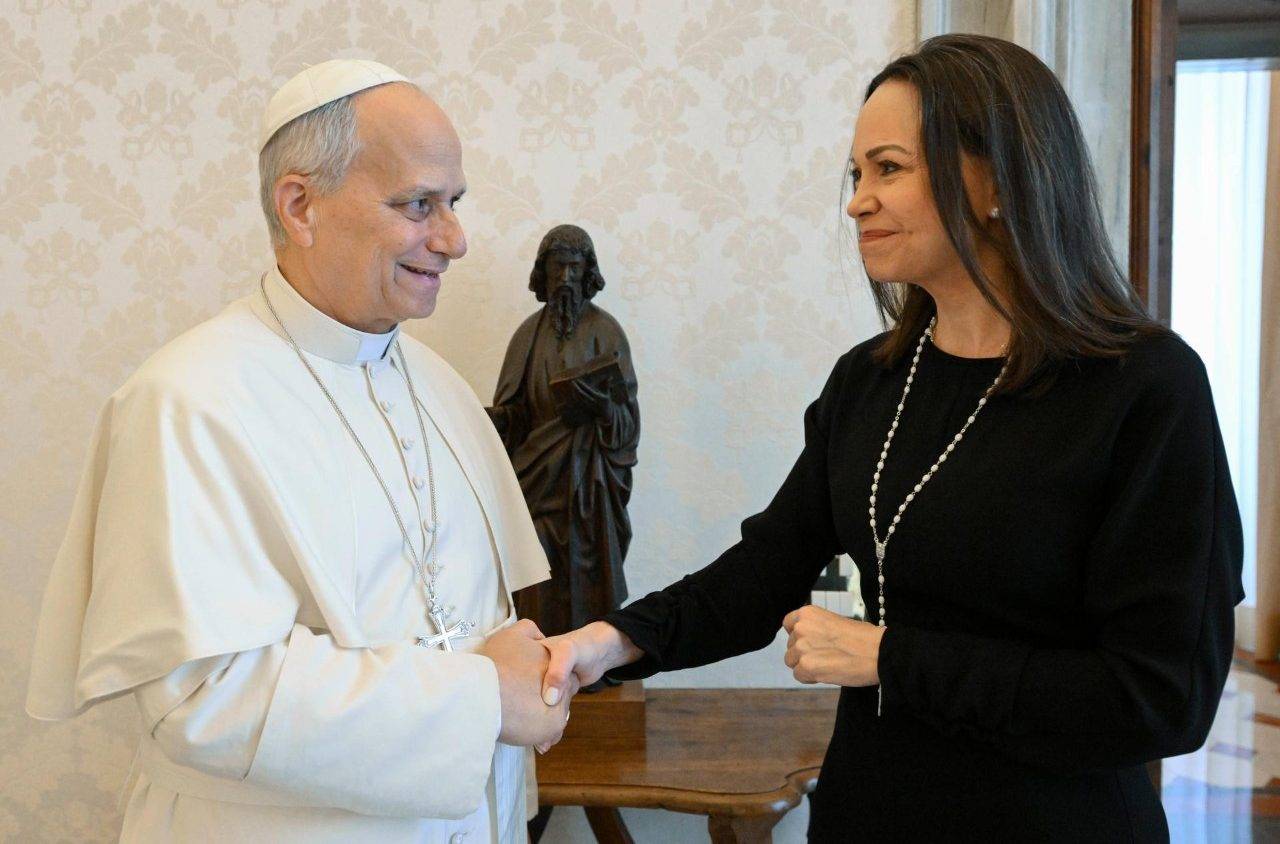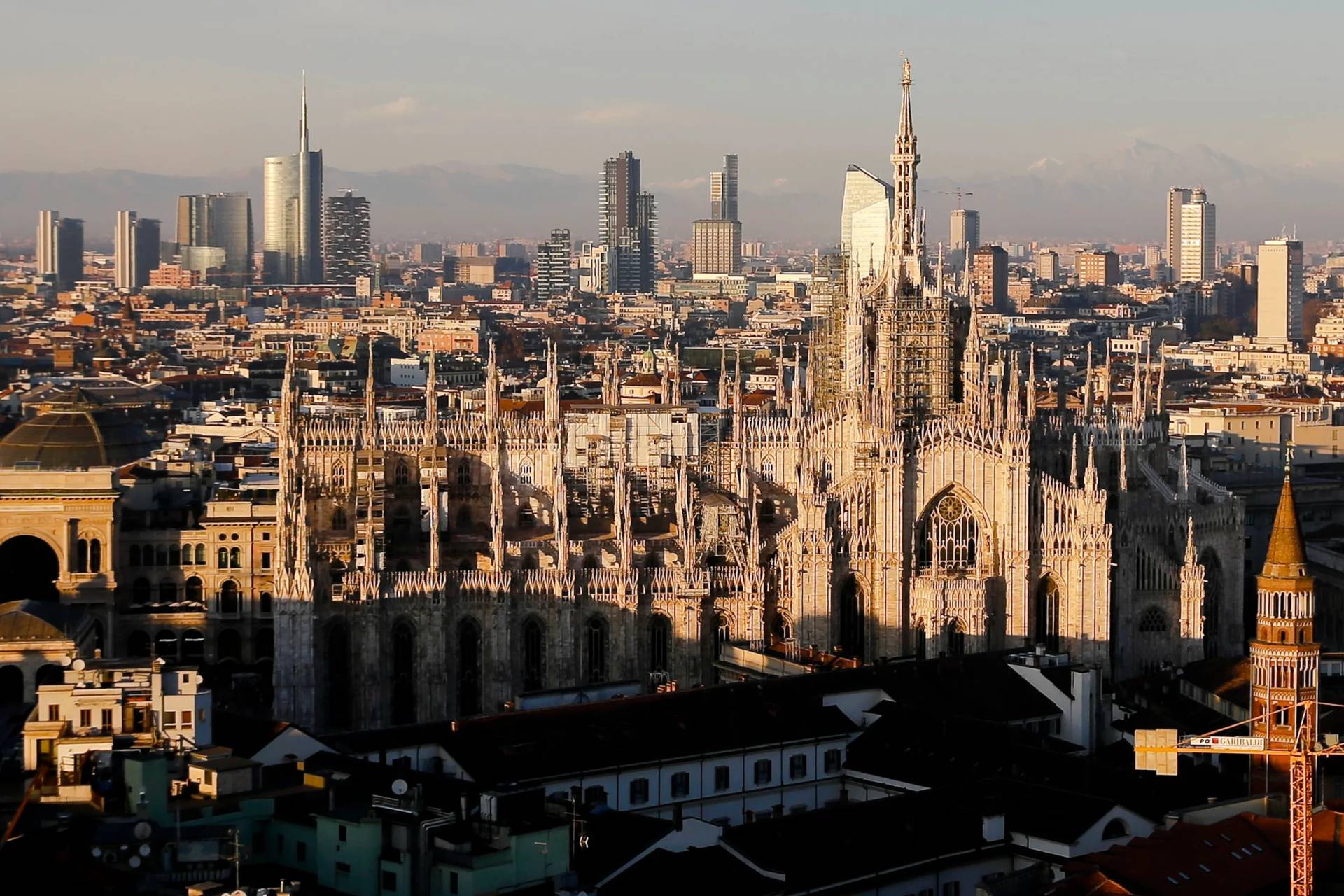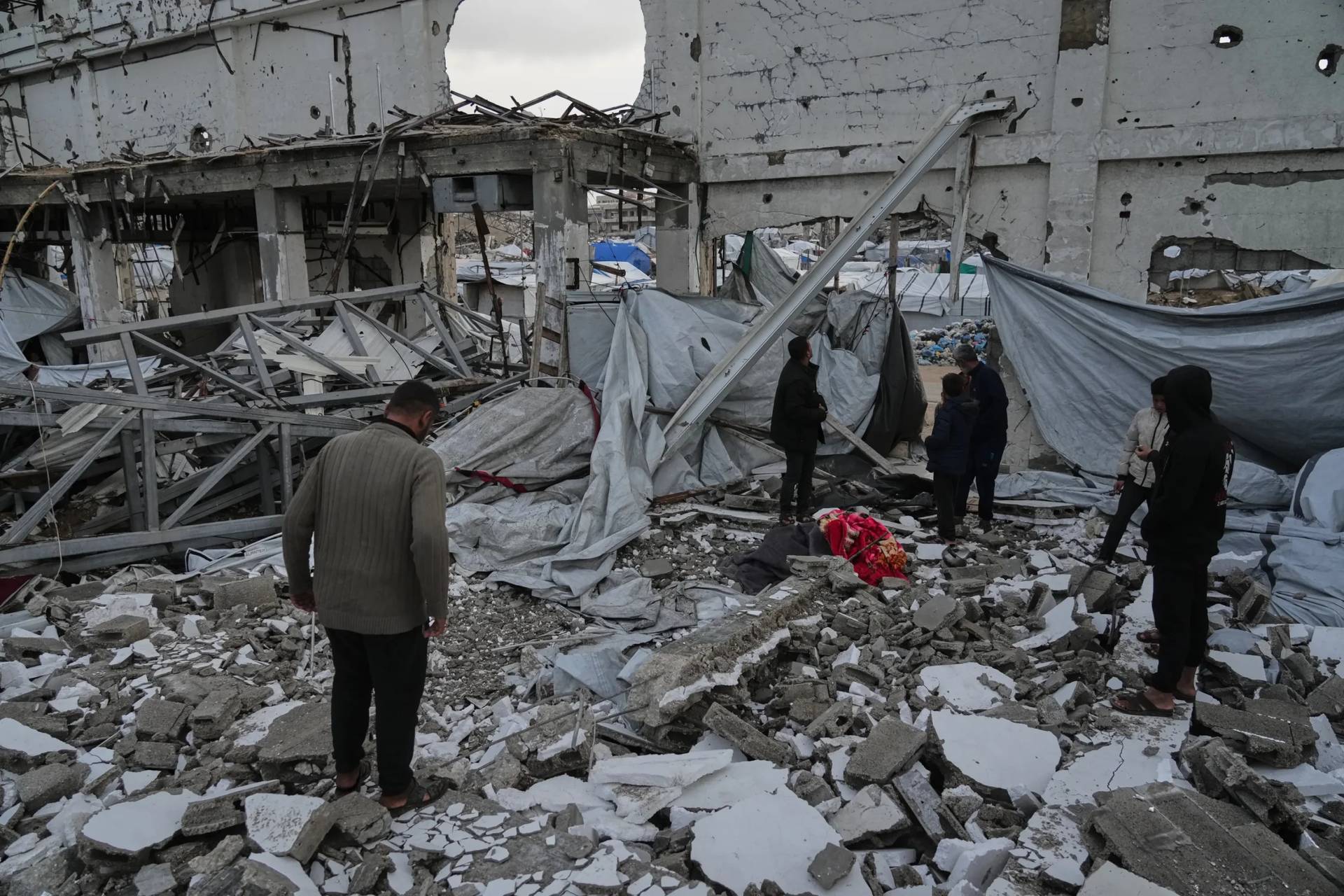This Sunday, the Church pauses Ordinary Time and celebrates the high feast day of the Assumption of Mary. The solemnity is observed on August 15 every year and is a holy of obligation in the United States. In calling for an obligation, the Church is teaching us that today’s holy day is one of the big ones and that we should pay attention to its lessons.
What are the helpful lessons of the Assumption? What are contemporary believers supposed to draw from its mystery?
Of course, there are countless answers to such questions, but maybe one of the more pressing lessons is the help today’s feast day can give us in understanding death.
Death causes great fear. It violates the very sense of self-preservation that is ingrained in our souls. It relativizes the freedom that we normally cherish and protect.
Understandably, therefore, we oftentimes see death and dying as terrible evils. Such fears are not abstract ideas or mere emotions. They touch the essence of who we are as we fear the end of our lives.
Within the forum of this restlessness, we have today’s feast day. The holy day reminds us that the Lord Jesus gave humanity the great gift of his mother, and that at the end of her earthy life he called her to himself in her glorious assumption -body and soul – into heaven. In this action, he is teaching us and showing us what he desires to do for each of us.
Among the many psychological and emotional reactions we have to death, the Lord Jesus gives us a clear answer in the Assumption of his mother: We were not meant to die. Death no longer as victory over the children of God.
As Saint Paul reminds us: “Death has been swallowed up in victory. Where, O death, is your victory? Where, O death, is your sting?”
As reflected in Christian theology, death is a consequence of sin and our fallen nature. When God created Adam and Eve, the body shared in the immortality of the human soul. The discord of sin changed that harmony. This helps us to understand that death was not a part of the original plan. God did not intend for us to die.
The Lord Jesus, however, destroyed the power of sin and death in our world. While we still feel the effects of our fallen nature, they no longer define us or have the last word. Rather than an ending, death is now a transition from one state of life to another. This is reflected in the Preface of the Funeral Mass, when we pray: “Indeed for your faithful, Lord, life is changed not ended, and, when this earthly dwelling turns to dust, an eternal dwelling is made ready for them in heaven.”
In Christ, everlasting life is offered to each of us.
In Mary, we see the first fruits of the Lord’s victory over sin and death. In her assumption, we see a perfected model and shining example of the saving fruits won by Jesus’ resurrection from the dead.
In Mary’s passage of body and soul from this life into eternal life, the effects of the redemption are played out. We can see in Mary what God wants to do in the life of all his children. In Mary’s assumption, we see a personal testimony of what will happen at the end of life for all those who are transformed by God’s grace.
Echoing the Second Vatican Council, Pope Francis reminds us that the Assumption of Our Lady is “a sign of sure hope and solace to the People of God during its sojourn on earth.”
Mary’s life on earth ended as it had always been lived, in trust and closeness to God.
To all the faithful, her life is a witness to hope in God’s grace and in eternal life.
This promise of immortality is one of the pressing lessons of the high holy day of the Assumption. It’s a strengthening of hope that our world needs today as we battle with fear and anxiety. It’s a reorienting of our lives and a healing of the hurts of this world as we wait in joyful anticipation for the beatitude of eternity.














